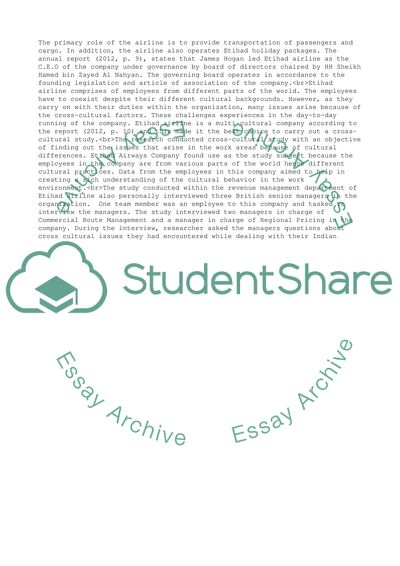Cite this document
(Cross-cultural Study Report on Etihad Airways Research Paper, n.d.)
Cross-cultural Study Report on Etihad Airways Research Paper. https://studentshare.org/human-resources/1862321-cross-cultural-study-report-on-etihad-airways
Cross-cultural Study Report on Etihad Airways Research Paper. https://studentshare.org/human-resources/1862321-cross-cultural-study-report-on-etihad-airways
(Cross-Cultural Study Report on Etihad Airways Research Paper)
Cross-Cultural Study Report on Etihad Airways Research Paper. https://studentshare.org/human-resources/1862321-cross-cultural-study-report-on-etihad-airways.
Cross-Cultural Study Report on Etihad Airways Research Paper. https://studentshare.org/human-resources/1862321-cross-cultural-study-report-on-etihad-airways.
“Cross-Cultural Study Report on Etihad Airways Research Paper”. https://studentshare.org/human-resources/1862321-cross-cultural-study-report-on-etihad-airways.


